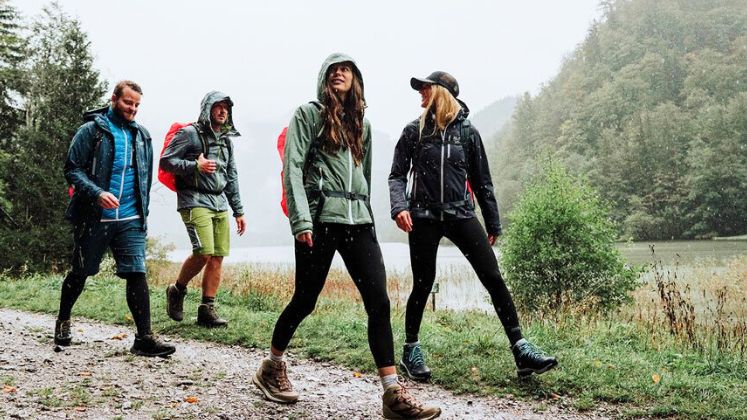
From 2025 to 2029, the size of the worldwide outdoor clothing market is expected to increase by US $ 7.30 billion, according to Technavio. A compound annual growth rate (CAGR) of 6.4 per cent is projected for the market over the forecast period.
The growing popularity of online shopping has resulted in a drop in sales for the offline portion of the global outdoor clothing sector. To increase sales, vendors are, nevertheless, extending their retail presence in regional and local markets through speciality shops and other retail formats.
Vendor competition is growing, forcing merchants to use new tactics like pricing and extensive assortments in order to stay competitive. In 60 countries, Decathlon SA, for example, runs 1,697 retail and partner outlets.
Because of their wide range of products, speciality retail establishments play a major role in market expansion. The second-largest contributor to offline sales, department stores set themselves apart with private-label brands and exclusive collections, as well as via shop design, goods, and customer service.
Department store sales have increased as a result of consumers’ growing choice for upscale outdoor clothing brought on by economic expansion. When buying outdoor clothing from these retailers, customers take into account variables like durability, product mix, brand availability, and ease of use. These factors are anticipated to support the expansion of the offline distribution channel segment in the global outdoor apparel market.
Skiing pants and tights, shorts and leggings, pants and tights are just a few of the many clothing items available in the outdoor gear market. These items are made to be safe and durable in a variety of climates and locations. With an emphasis on availability and safety, children’s clothing also experiences notable growth.






